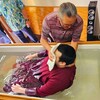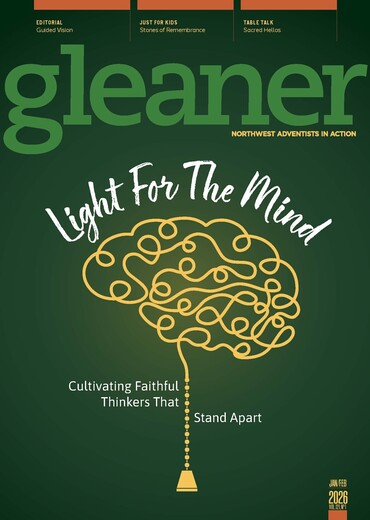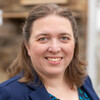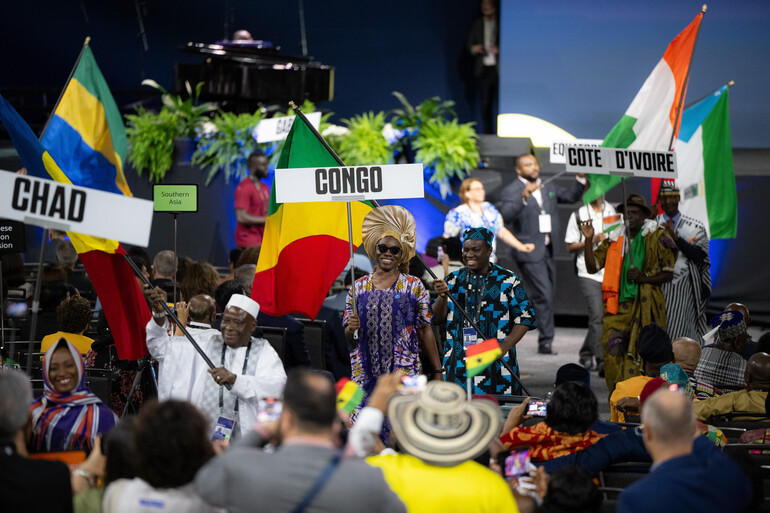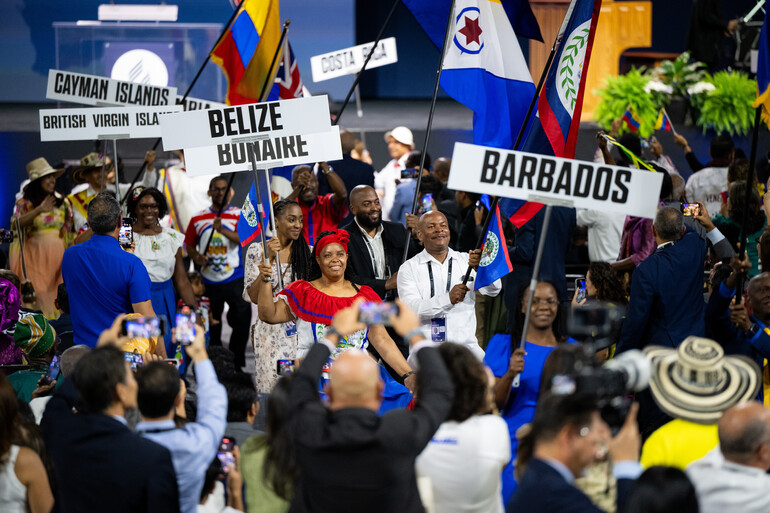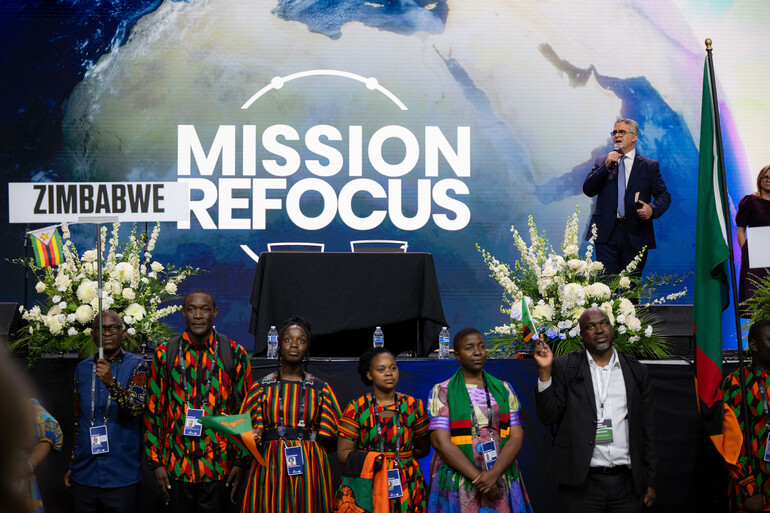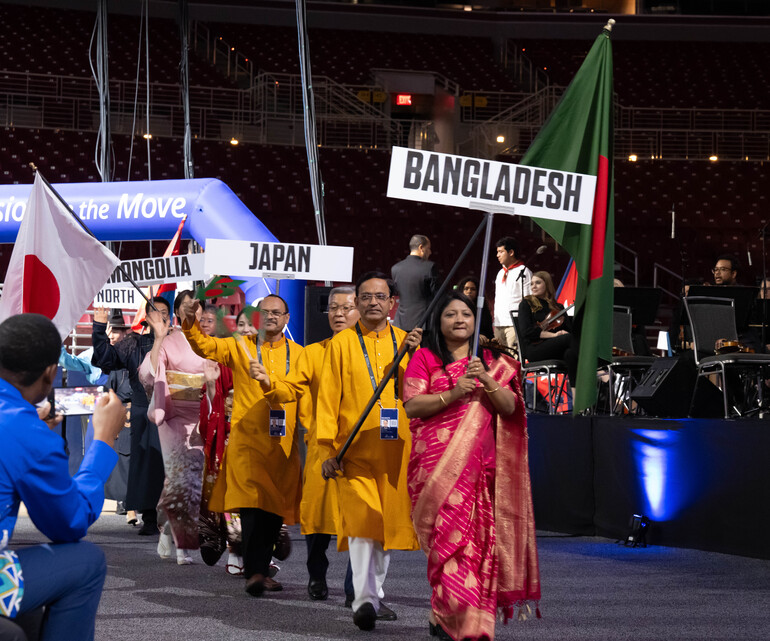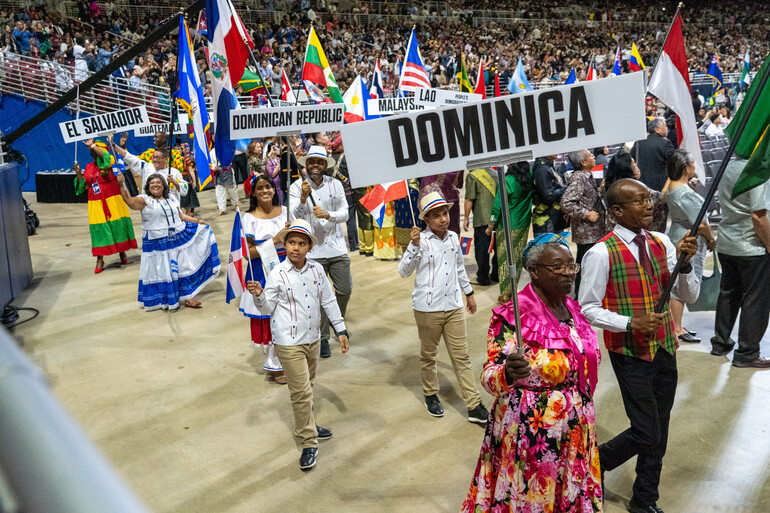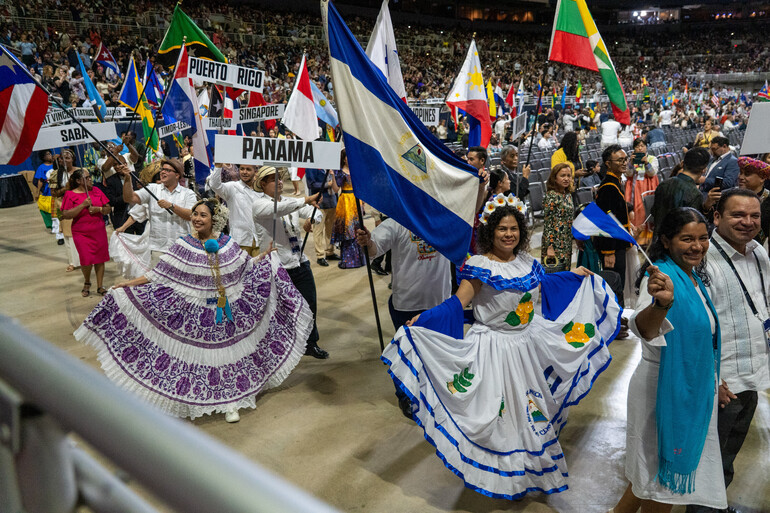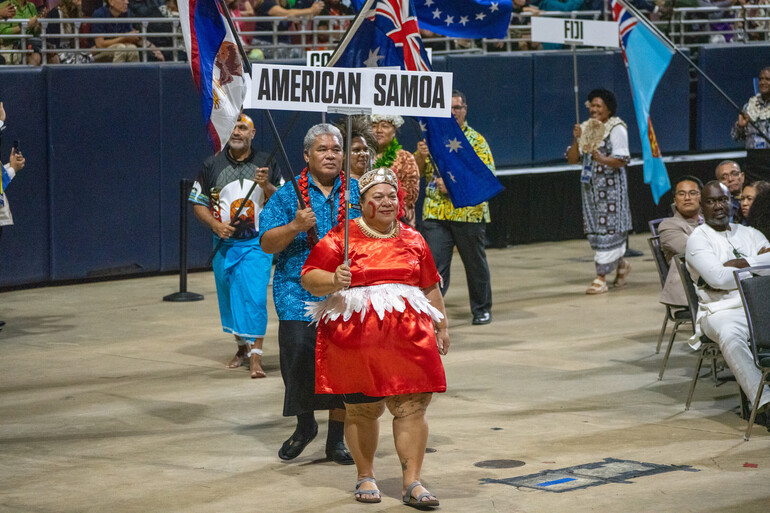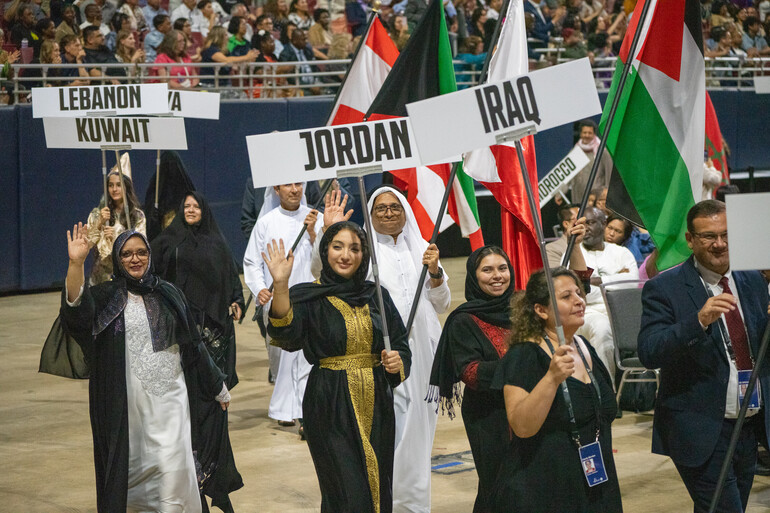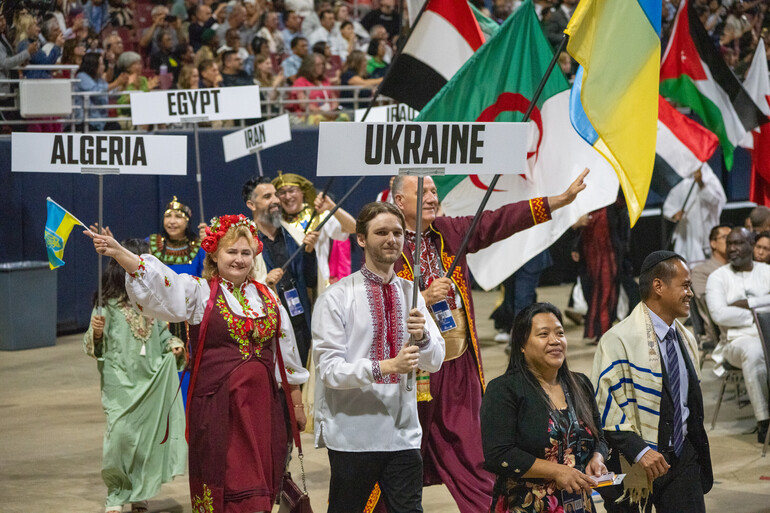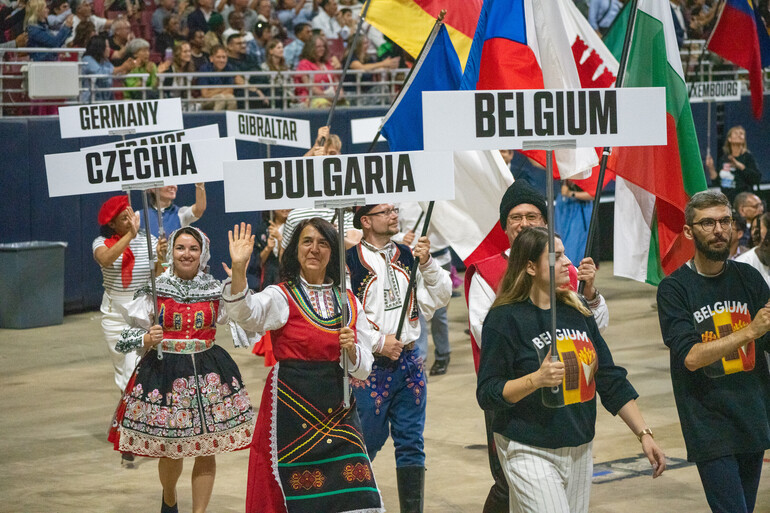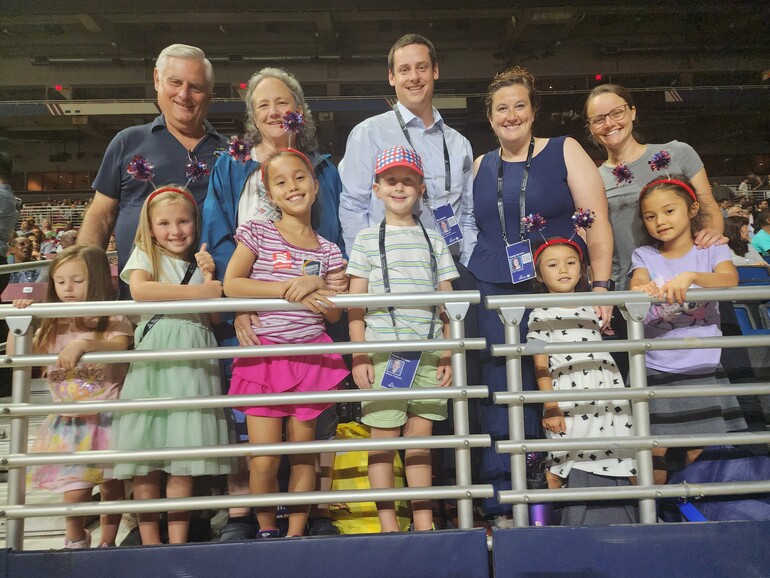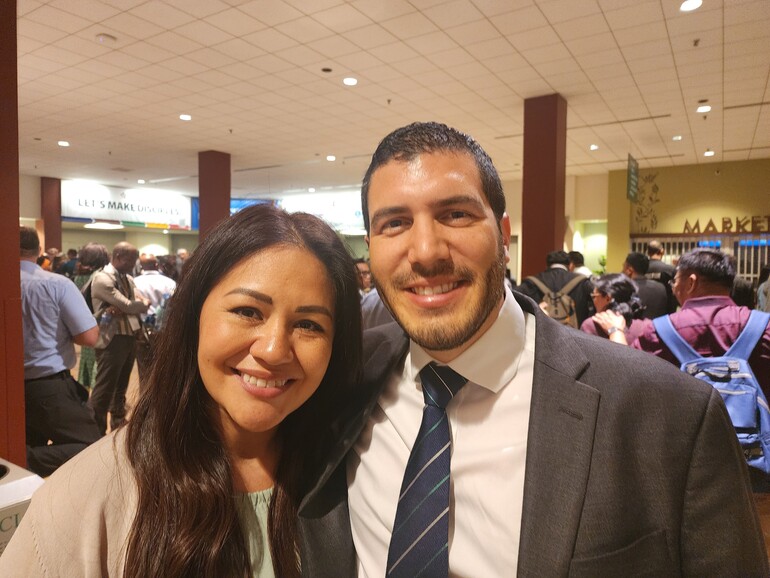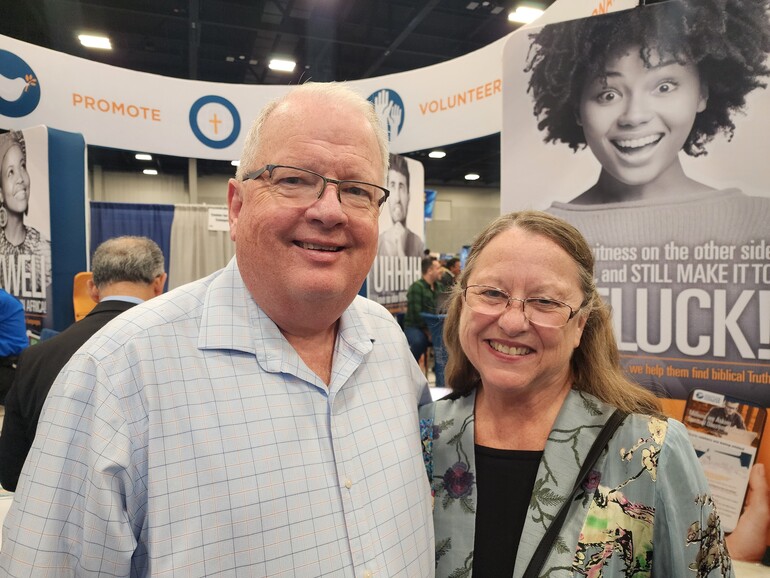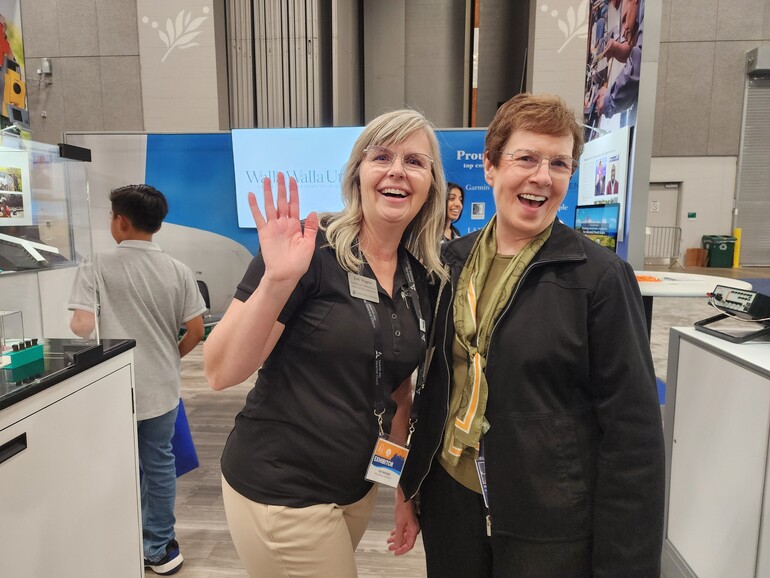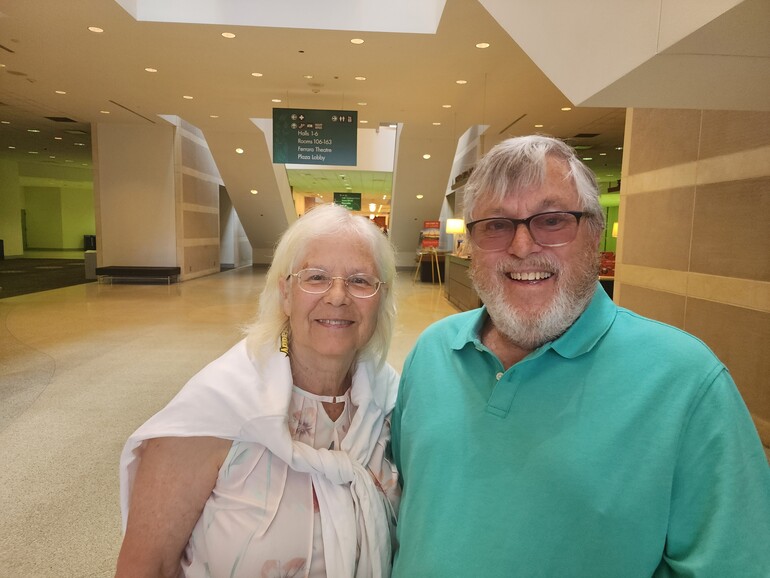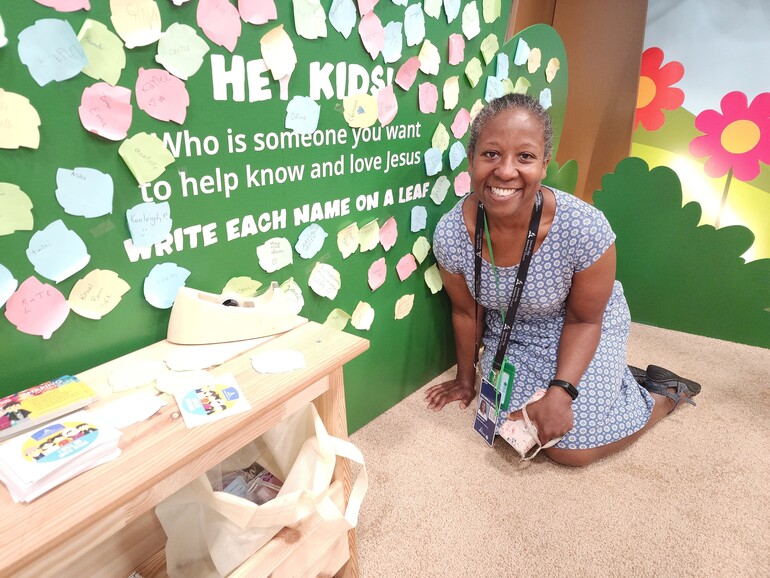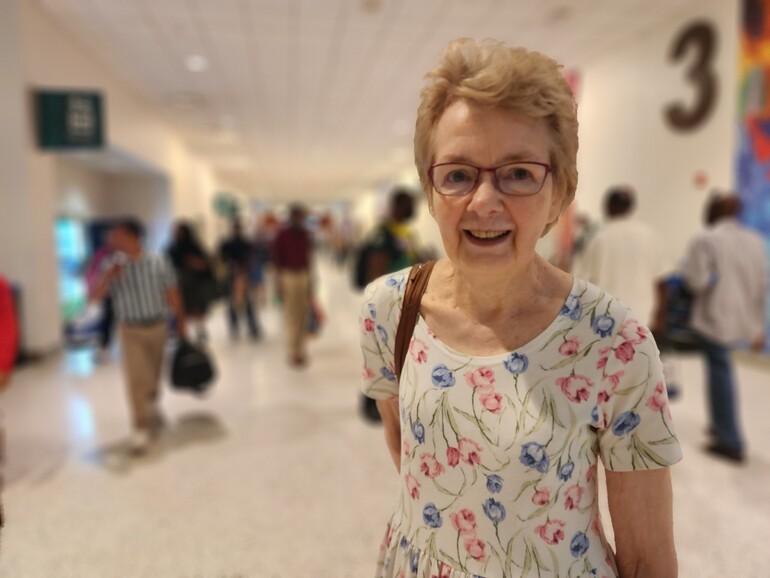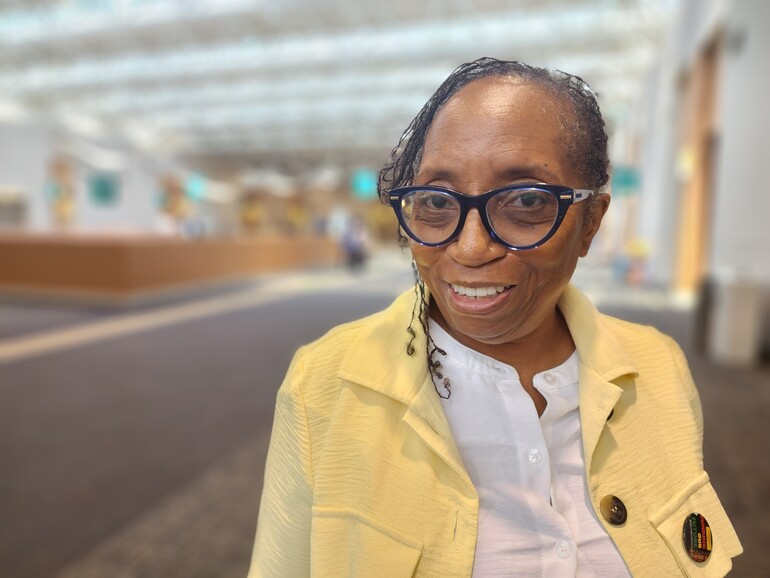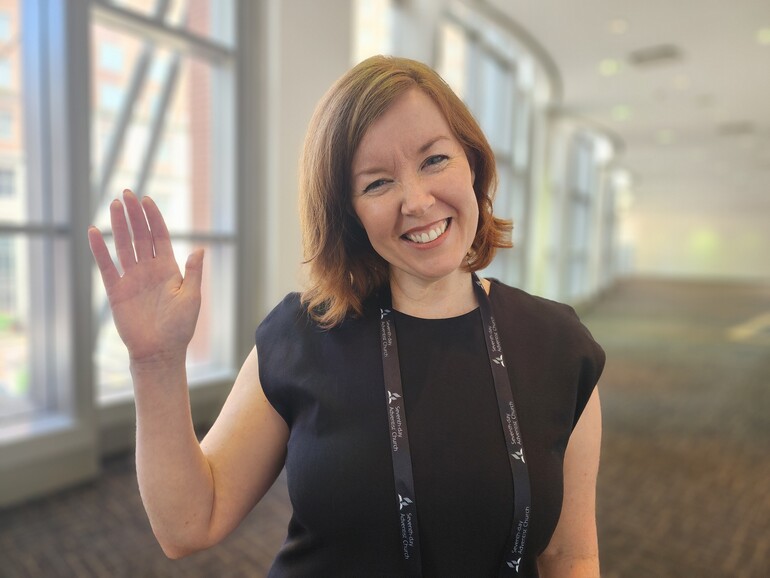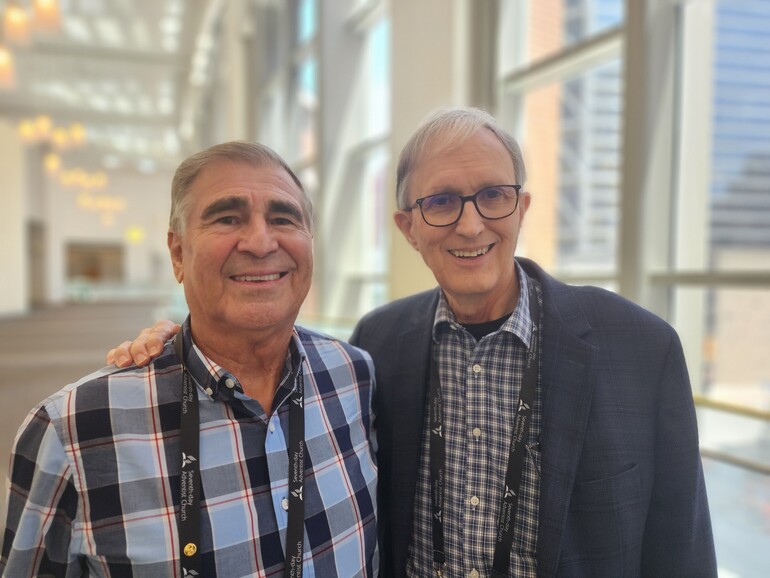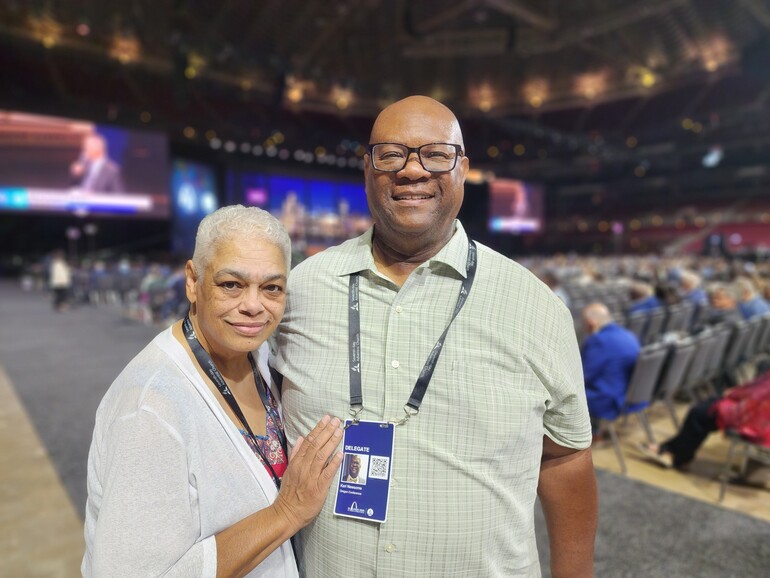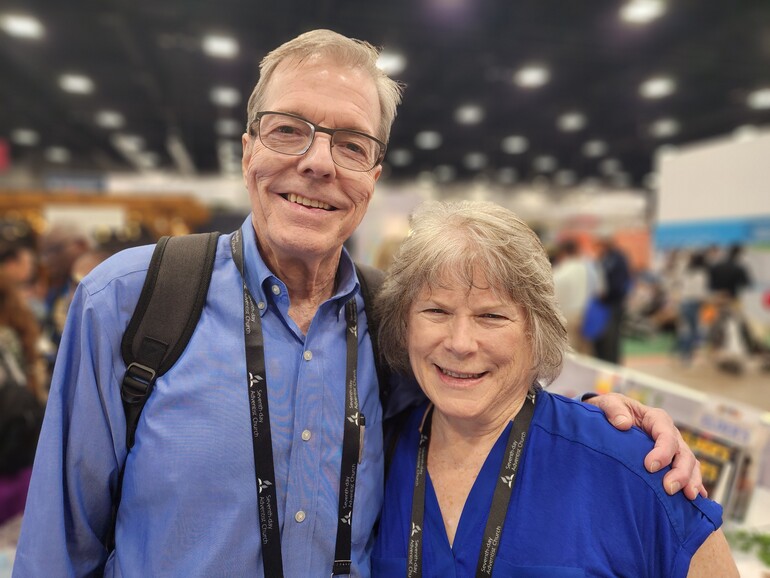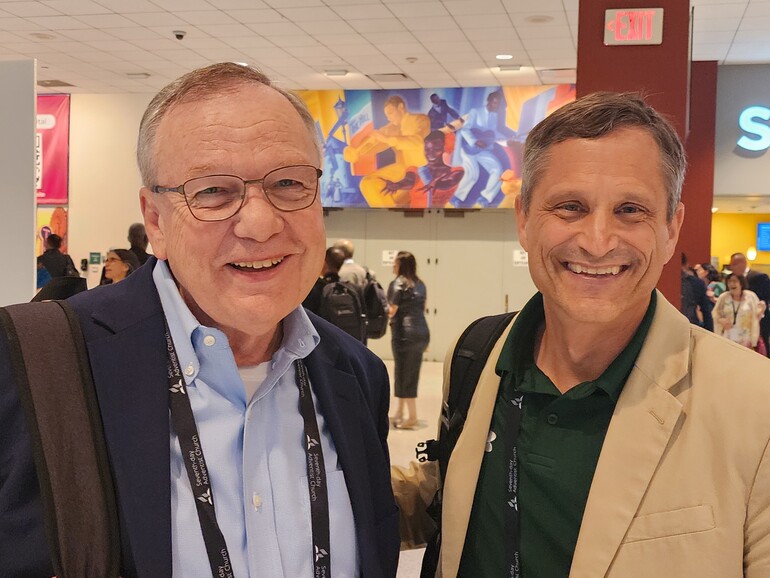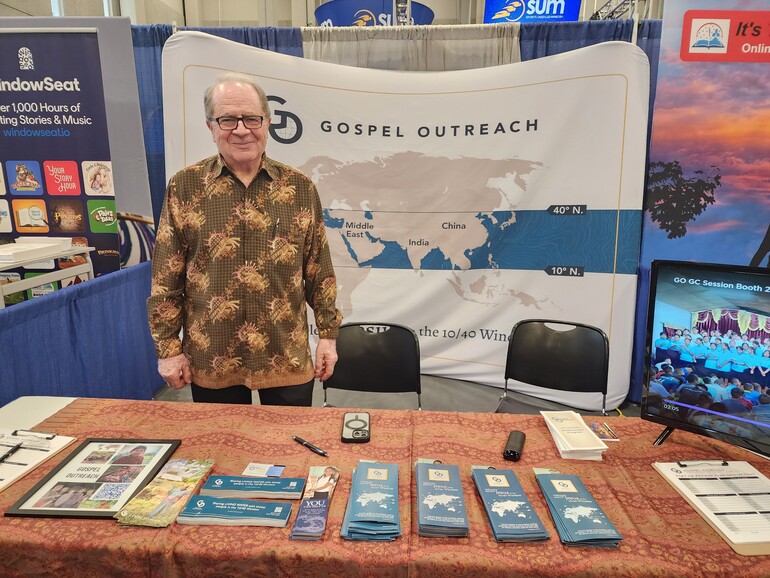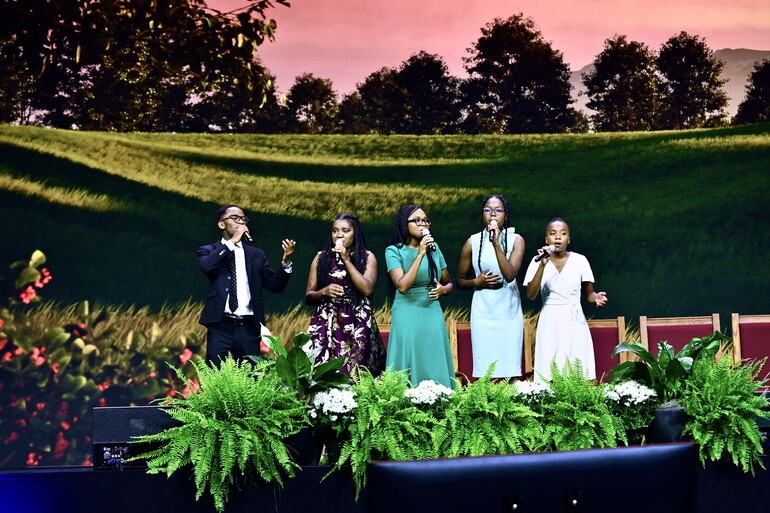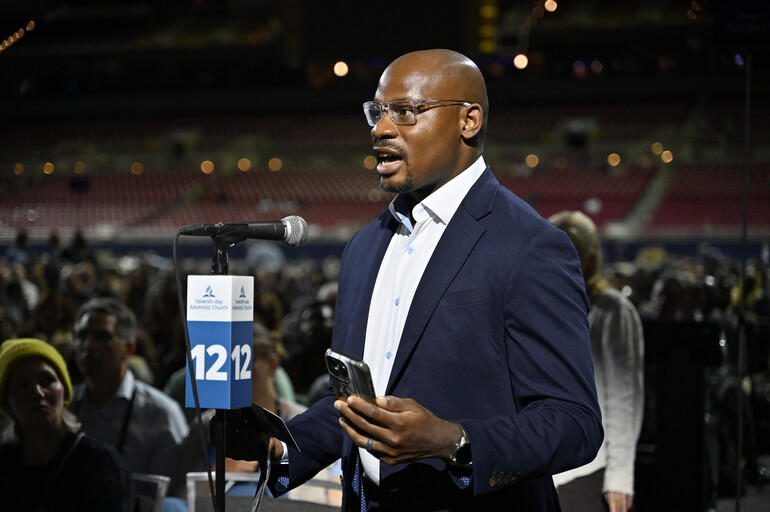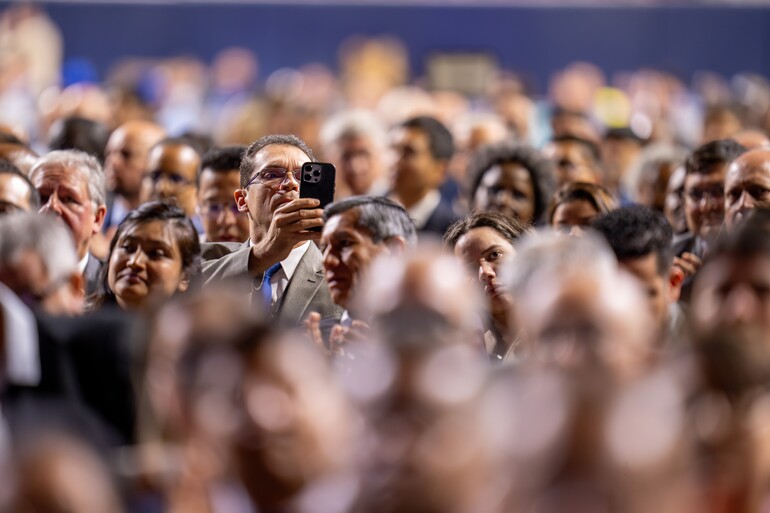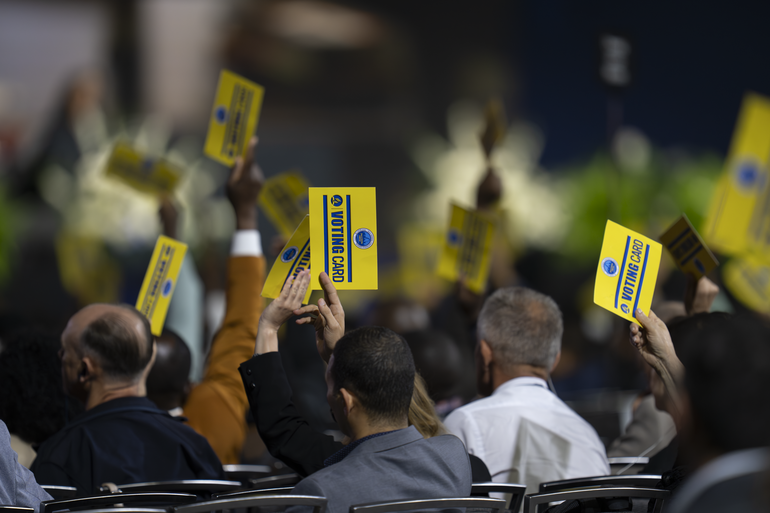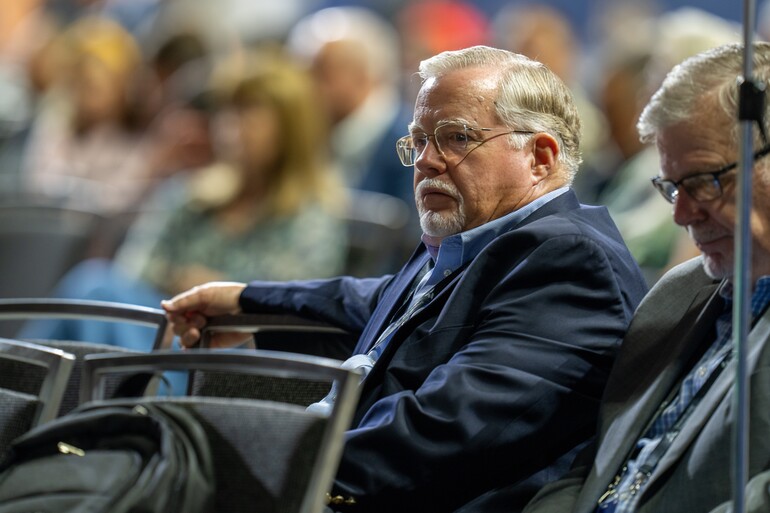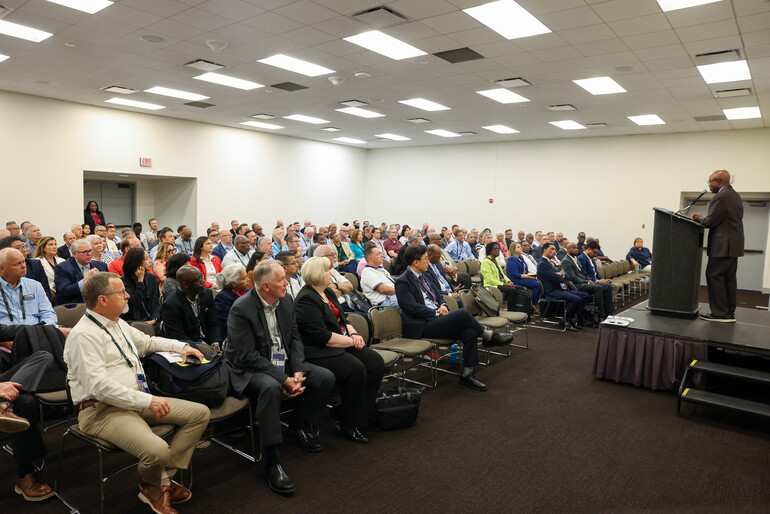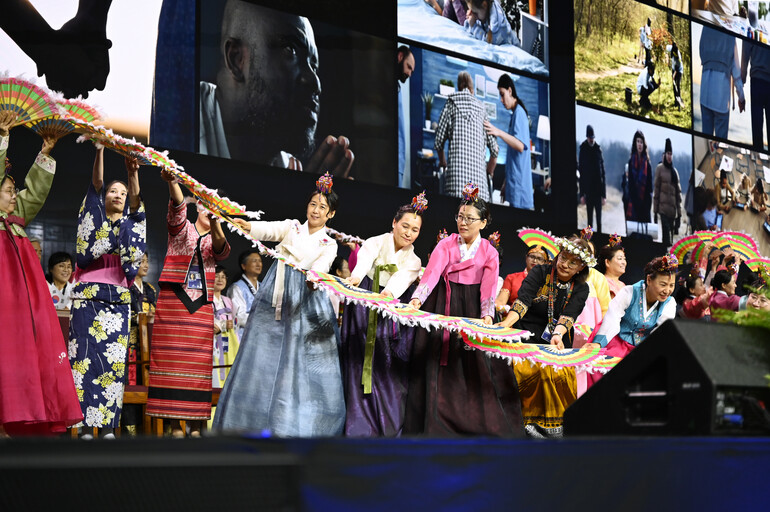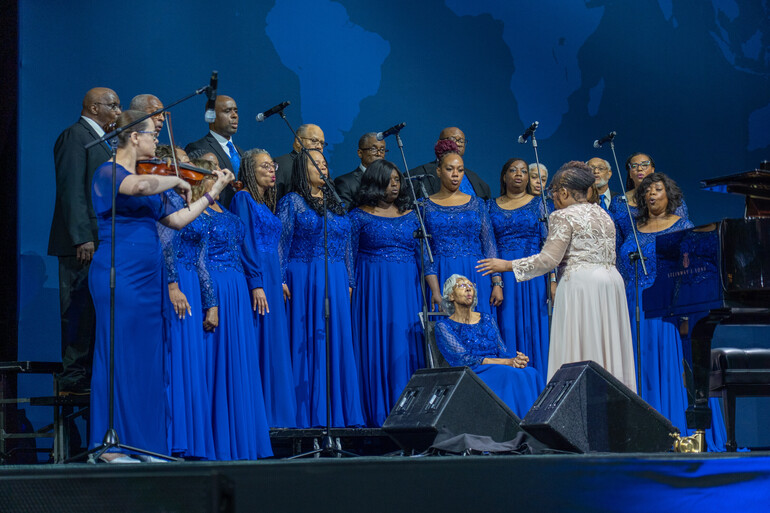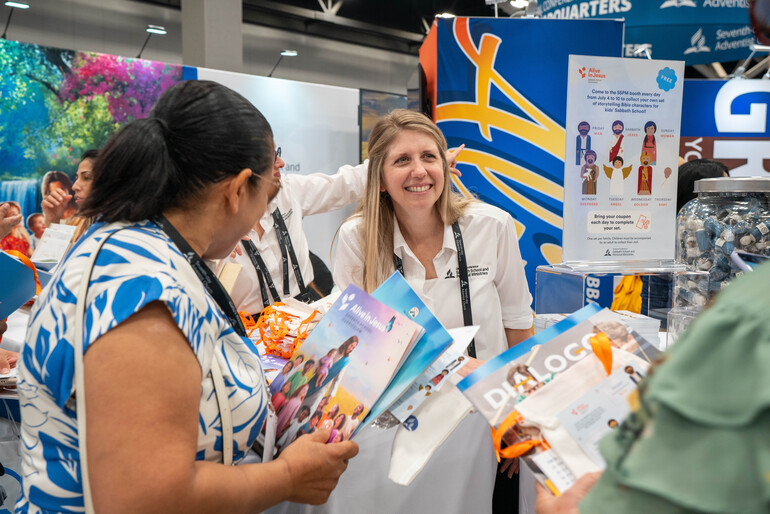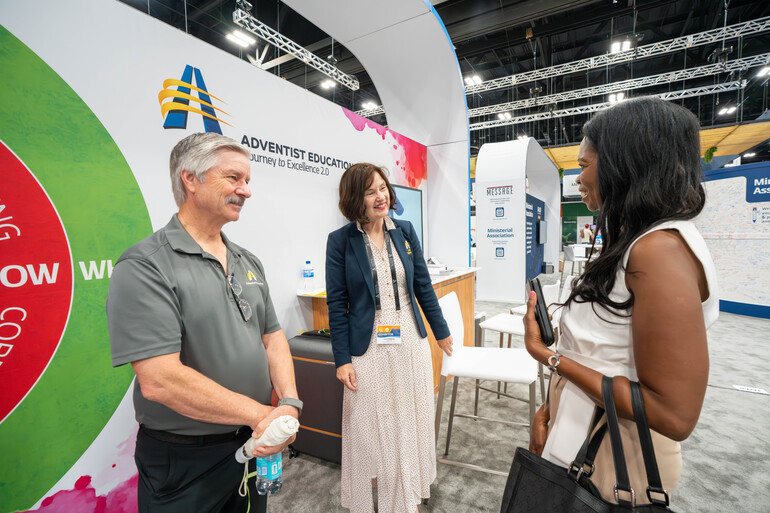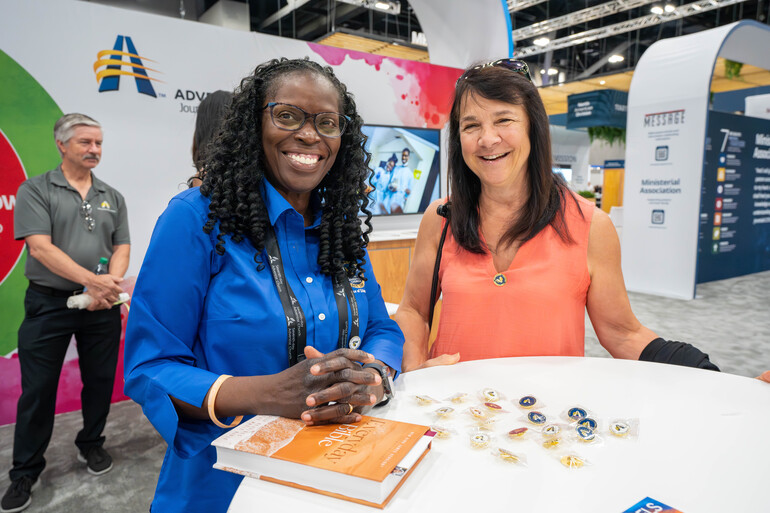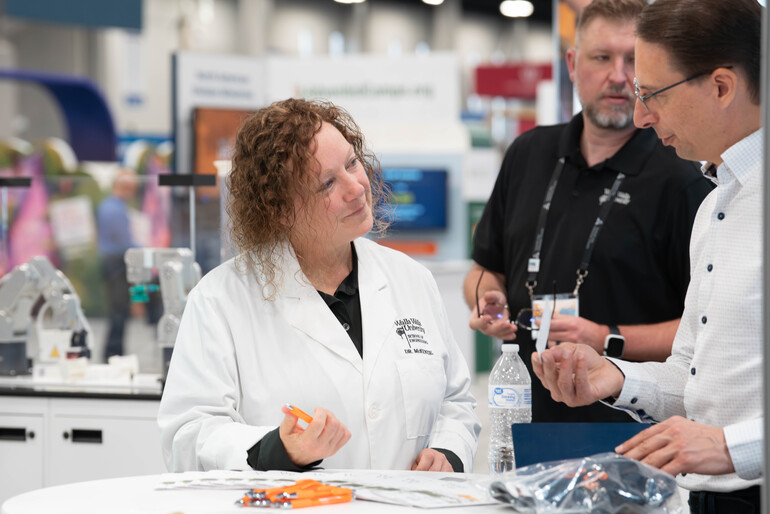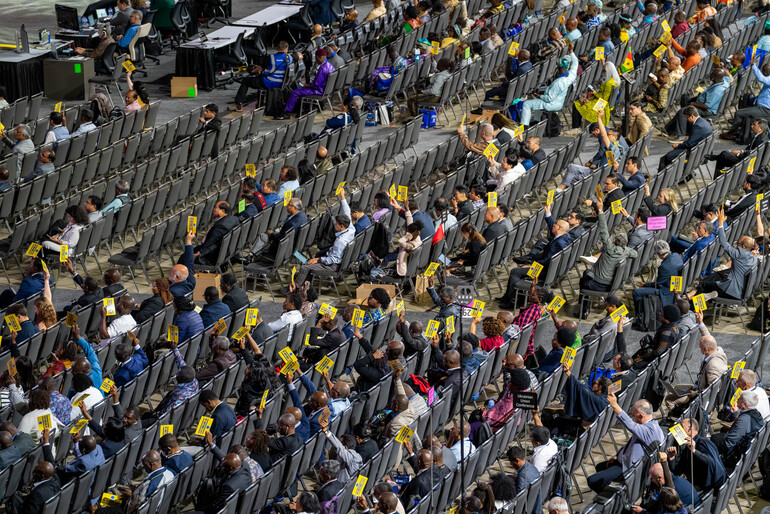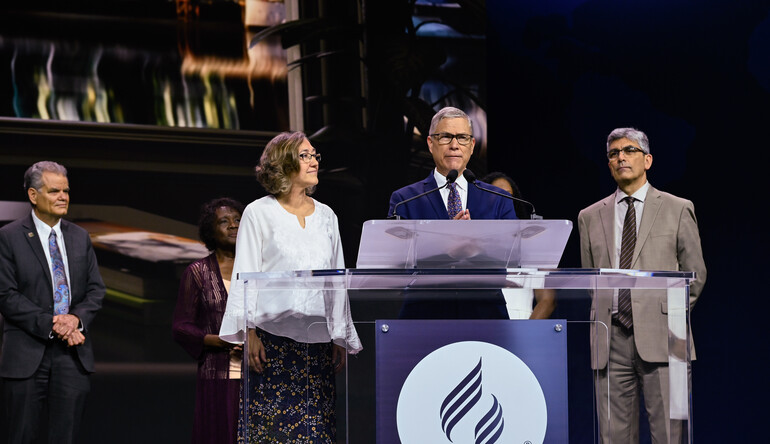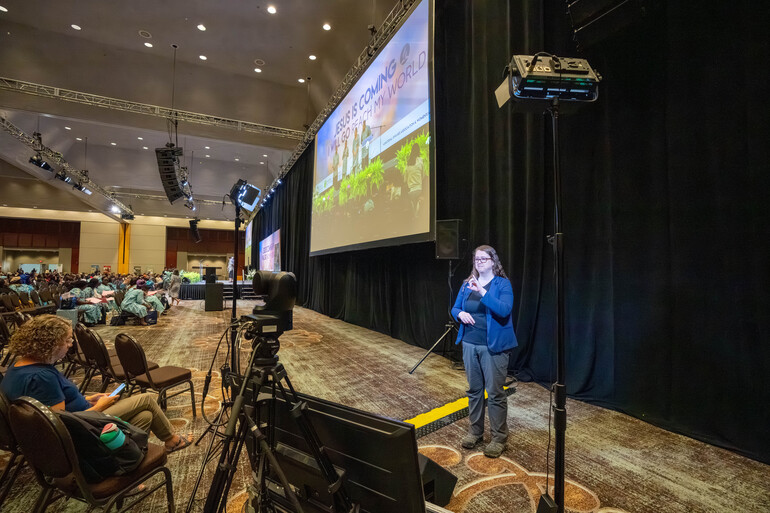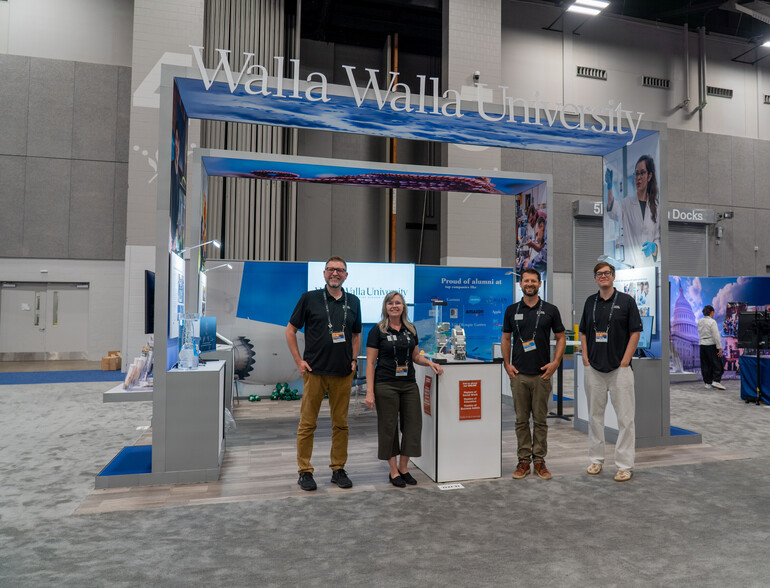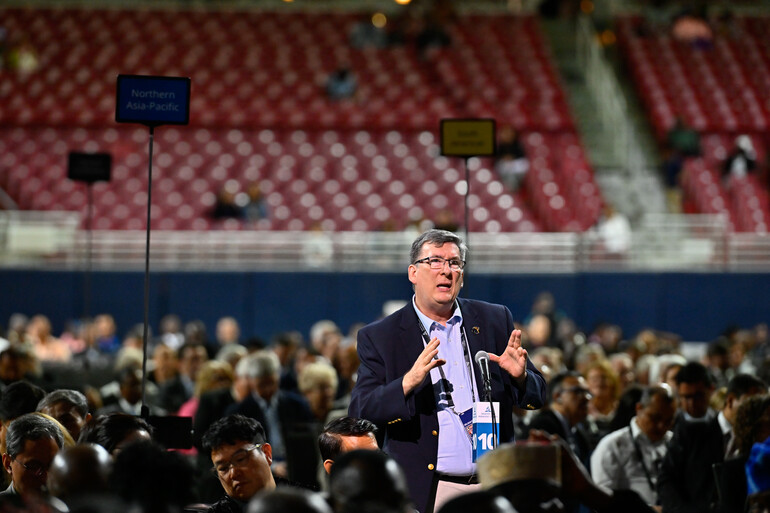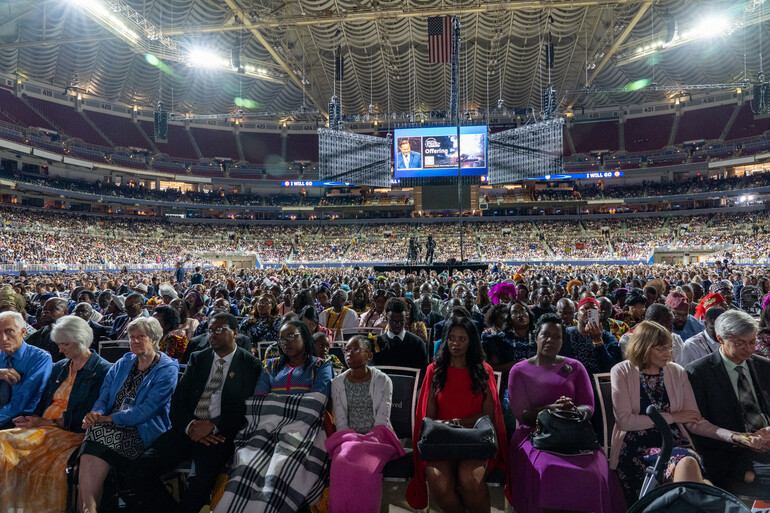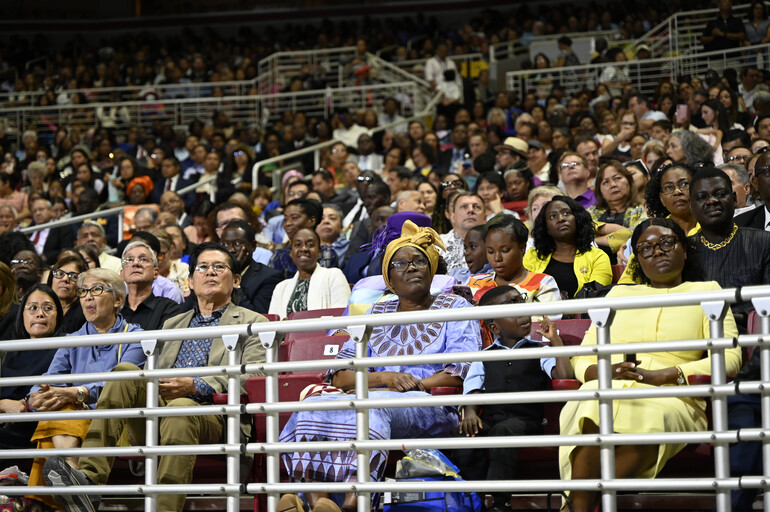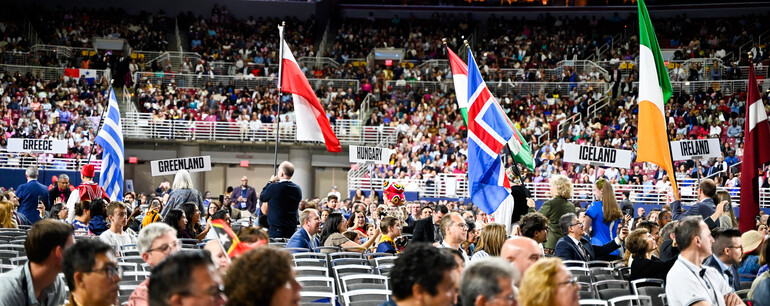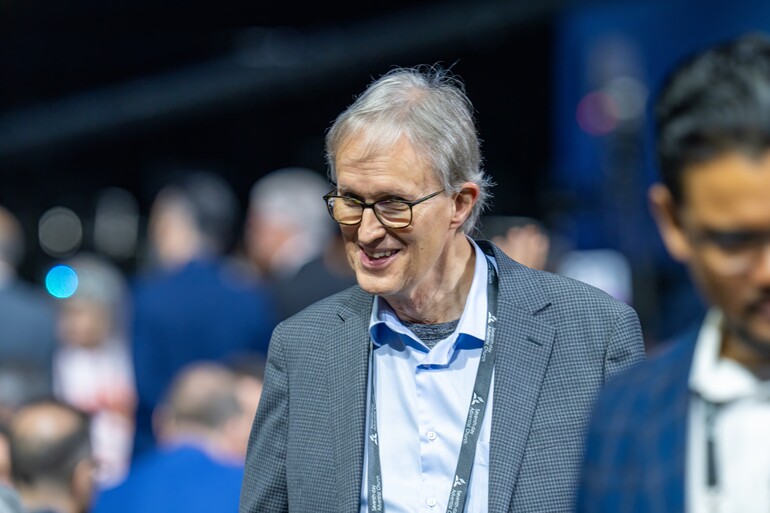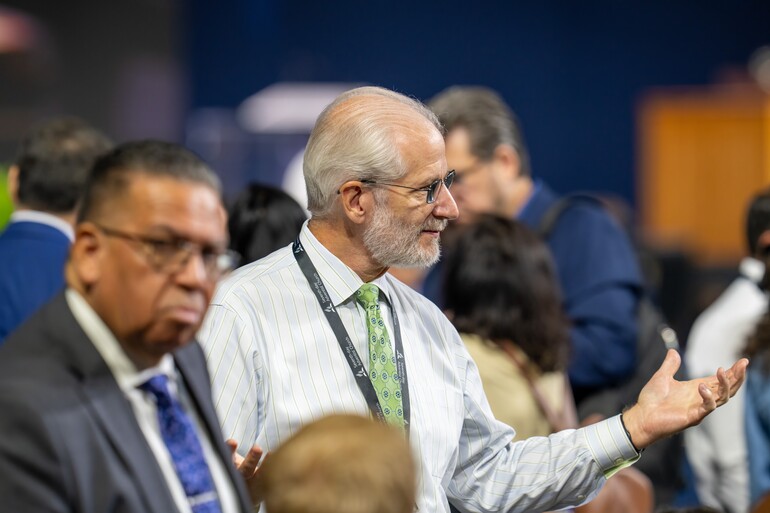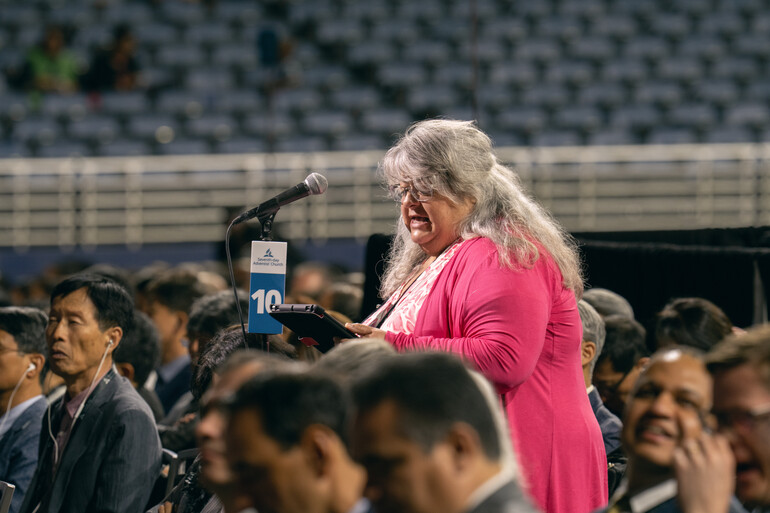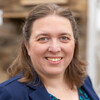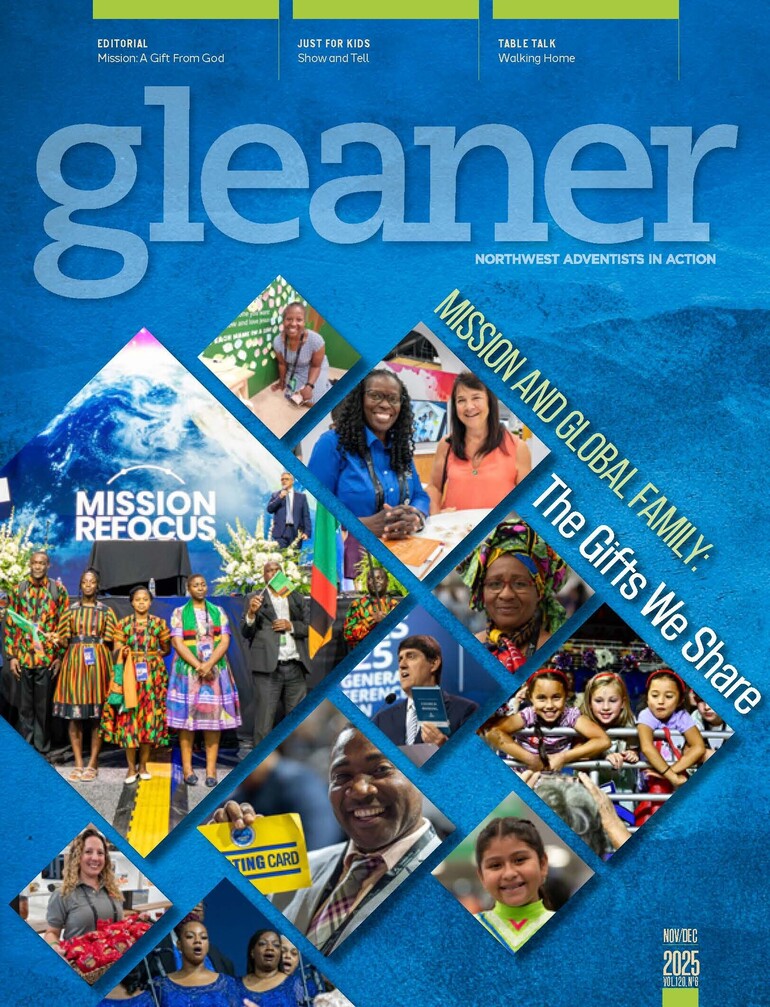Mission is one of those ministry terms that we know deep in our hearts. Yet because it is so broad — sometimes even nebulous — it’s easy to step back and assume others will take it on for us.
Why does that concept of mission often feel that way? Jesus gave us a clear command: “Go therefore ...” Yet in our own lives, it can be easy to wonder how our own gifts, skills and passions fit into that calling.
The truth is, each person’s gifts and perspective are essential in God’s work.
Few places bring this into sharper focus than a General Conference Session. Here, thousands of Adventists cycle through business meetings, training seminars, concerts, community service projects, local evangelism meetings and an exhibit hall overflowing with ministry and mission resources.
Every program, presentation and conversation with friends, acquaintances or strangers reflects purpose-driven, hope-filled mission.
At the heart of it all, three “big picture” mission windows bring urgency and purpose — and a fourth mission window brings it home.
Let’s explore these mission windows together and discover the gifts that come with belonging to a global church family.
Gift of Missional Vision
Every five years, Adventists from around the world converge for a GC Session. In St. Louis, Missouri, the 62nd GC Session celebrated mission growth, discussed global priorities and extended a clear invitation to every member: to consider their own gifts, respond to God’s call and confidently say, “I will go.”
From the 10/40 Window to additional mission fields in Post-Christian Western culture and urban centers worldwide, the church’s call to share hope is more urgent than ever.
The 10/40 Window represents a stretch of 68 countries between the Atlantic and Pacific oceans, home to 5.4 billion people. With only 12% of the Adventist Church’s membership living in the birthplace of Islam, Hinduism and Buddhism, the mission work in this region presents unique challenges and extraordinary opportunities.
The Post-Christian Window encompasses Western nations, where secularism and materialism are reshaping society. For 1.2 billion people, Christianity is no longer assumed, and the church must find creative ways to witness in a world where faith is often private or questioned.
The Urban Window brings mission to the world’s sprawling cities. One example of many is Delhi, India, with nearly 35 million residents and just 3,808 Adventists. These urban centers are laboratories for innovative connections, service and community-building.
In his executive secretary report, delivered just hours before his nomination as GC president, Erton C. Köhler highlighted all three mission windows, challenging members to see the bigger picture, work together and go where the need is greatest.
“My two priorities are unity and mission,” said Köhler at his first press conference as a world church president. “If we have unity, we’ll be stronger in mission. If we have unity, our identity will be solid. If we have unity, the Holy Spirit will come and live among us. Unity can help us to integrate all the needs and the challenges as we work together to accomplish the mission of the Lord.”
Six global mission centers, established since 2022, are actively training thousands of pastors, leaders and church members to more effectively reach people in these global mission windows.
“In every corner of the world, we are integrated by one purpose,” Köhler said. “To bring hope, healing and a message of love to all nations.”
Hazel Byeon, Buena Vista Adventist School teacher and North Pacific Union young adult delegate, found the mission challenge and the GC Session experience both eye-opening and energizing. “There are so many things I didn’t know before,” she said. “It’s inspiring to see so many people united around the theme of mission. This experience has renewed my commitment to mission and reminded me of the impact I’m making in my classroom.”
Mission on the Move Photo Gallery
All photos courtesy of Adventist Media Exchange (CC by 4.0).
Wherever God calls you, there is a mission field ready for your hands and heart. From the 10/40 Window to post-Christian societies and the bustling cities of the Urban Window, God’s work is happening everywhere. Each of us is invited to step in, serve and bring hope — whether through acts of service, sharing the gospel or walking alongside our neighbors in love and compassion.
Gift of Global Family
Beyond mission strategy, GC Session also serves as a living reminder of the church’s worldwide family.
In all, 2,400 of 2,800 eligible delegates who attended came from all 13 divisions, with just 7% from North America — the denomination’s birthplace.
“It’s remarkable to see how this message has spread around the world,” said Kara Johnsson, Oregon Conference vice president for administration and NPUC delegate. “We have representatives from our entire world body who come together to pray, to connect with each other as a family and to make decisions affecting the church globally.”
Betty Cox, local church attendee from Puyallup, Washington, remembered going to the session in San Francisco as a little girl. Since then, she’s made an effort as an adult to travel to sessions in Indianapolis, San Antonio and Utrecht. Her motivation is to understand her church on a global scale.
“We need to know how big this church is,” she said. “It’s sometimes hard to see that at our own local church. We might notice it a little at camp meeting, but this is huge. People come from all over the world — and not everybody speaks English. Being here reminds me that we’re part of something much bigger than ourselves.”
The 18-member Les Chanticleers choir from the Seattle and Portland areas also saw the diversity of the church in their interactions and musical performances at GC Session.
“We saw how the church is made up of mostly people of color,” related Pattric Parris, Les Chanticleers director, from the choir’s debrief. “We experienced the worldwide church and saw its diversity. The church is made up of people from all around the world with a lot of different viewpoints.”
For KhaiKhai Cin, Andrews University seminary student and delegate, his first GC Session felt both a privilege and sacred duty.
“If you’re a delegate, you have a voice to represent your place, your community and your context where you came from,” he said. “For me, it’s a sacred duty to represent the voices of the people I serve — and the greatest privilege is being among the young adults.”
Together, the voices and experiences at GC Session reminded delegates and attendees that awareness of the church’s global family deepens both perspective and belonging — a gift that extends far beyond the event itself.
Our Northwest Family Gallery
Photos by Heidi Baumgartner
Our Northwest representatives — delegates, support staff and attendees alike — experienced the gift of global family, gaining a firsthand view of the Seventh-day Adventist Church on a worldwide scale. The voices and experiences shared at GC Session remind us that awareness of this global family deepens both perspective and belonging — a gift that continues to inspire members to see beyond local boundaries and embrace God’s mission everywhere.
Gift of Shared Voice
This global gathering isn’t just for worship and mission connections — it’s also where delegates from around the world offer their voice, perspective and ministry context to guide the denomination.
Each business day, after debate and respectful discussion — even in the midst of disagreement — delegates raised their yellow voting cards or used a secure mobile service called Election Buddy to elect leaders and decide on changes to the Church Manual and the Constitution and Bylaws.
“The decisions that are made by the delegates at the GC Session are really the highest body of authority of the Adventist Church,” explained Doug Bing, Washington Conference president and NPUC delegate. “Once that’s voted, there’s no further review unless it comes back to a GC Session later on in another five years.”
The Church Manual is especially significant because it provides the framework for local church governance, used by congregations of every size, in every corner of the globe. Its guidance is meant to serve all ministry contexts, helping churches carry out their work consistently wherever they are located.
Many of the 2025 changes were editorial, updating language to be more current. Substantive updates included a new outline of the pastoral role and responsibility, a redemptive reconciliation philosophy for church membership reviews, refined stewardship practices, a fresh focus on disciple-making and a renewed commitment to Adventist Youth Ministries.
The gift of shared voice means being willing to listen respectfully and understand a variety of viewpoints. This was tested the first afternoon of GC Session when a segment of delegates attempted to add an agenda item to discuss the church’s vaccination statement.
During the discussion, it eventually became clear that two slightly different statement versions existed, both emphasizing personal choice.
While delegates ultimately voted not to further engage on the statement, the experience reminded everyone that disagreements are not an excuse for discord: patience, humility and grace toward one another are central to living out a Christlike community.
Jim Jenkins, Montana Conference president and NPUC delegate, reflected on how this dynamic played out across the wider session.
“I thought the church was being open and transparent, and in many ways it is, but you could also see in the debates that some people perceive a lack of trust,” he shared. “A lot of what we hear about distrust or lack of transparency is amplified online, but the overall body seems pretty convinced and unified once it came time to vote.”
He encourages Adventists not to get sidetracked by external criticism or conspiracies, saying, “We’re not perfect, and there are cultural differences and disagreements, but the mission is what unites us, and the Holy Spirit works through it all.”
Together, these conversations and votes underscore the gift of shared voice, as the worldwide family discerns how best to serve God’s mission in unity.
Our Local Window
As the final Sabbath drew near and GC Session approached its close, delegates were invited to reflect on their experience and consider how God is calling His people to live out the gospel locally.
Contextualization is the ability to understand and apply God’s mission in ways that fit the people and place you serve. It functions as a fourth mission window: The message of Christ remains consistent, but the methods in how it’s shared are adaptable, connecting real lives in real settings.
In a “Mission for All”-themed presentation, Justin Kim, Adventist Review executive editor, invited delegates to pause and wrestle with four balancing acts — practical tensions that keep mission both rooted and alive: mission as both service and proclamation, sending and receiving, urgent yet empathetic living between the Advents and the inseparable bond of mission and theology.
Mission is both service and proclamation — feeding, healing, teaching and advocating, while also preaching, baptizing and discipling to provide a whole gospel for whole people.
“Mission breathes in and out,” Kim noted, comparing it to a healthy body of water that must both receive and pour out to avoid stagnation or exhaustion. He emphasized that mission is no longer a one-way flow “from West to the rest.” Today, mission flows in all directions from “everyone to everywhere” — from Africa to the Americas, Asian campuses to Middle Eastern neighborhoods, island villages to inland deserts, rural hamlets to global cities and back again.
“No matter the size or setting,” Kim said, “every church can be both a mission center and a mission field.”
During the session, delegates broke into small groups to wrestle with questions that could also serve as conversation starters for families, small groups or Sabbath schools.
- What are some of the greatest challenges to mission in the 21st century?
- What is your personal involvement in the mission of the Church? What ways have you found effective in sharing your faith? How is your local congregation making an impact on your community?
The discussions surfaced a wide range of challenges — secularism, digital distraction, migration, polarization, conflict zones, resource gaps, burnout and language barriers — that delegates were encouraged to continue exploring in their local conversations.
Reaching Every Window
As the GC Session closed and delegates traveled back home, the questions lingered, inviting ongoing reflection:
- How can my church become a place of training and sending, not just gathering?
- Which mission windows — 10/40, post-Christian, urban or local context — will you lift in prayer and support this year?
These questions all point us back to the heart of mission itself. Perhaps the question we each must answer is simply: what is mission? It's what you make of it — listening to God, following His leading and extending friendship that says, "Let's journey together." Mission is both personal and collective, flowing through God’s people into every corner of the world and every neighborhood at home. Each of us, applying our unique gifts in every mission window, can answer the Holy Spirit’s nudging with confidence: “I will go.”
A Sampler of the GC Experience
Photos by NAD Communication


